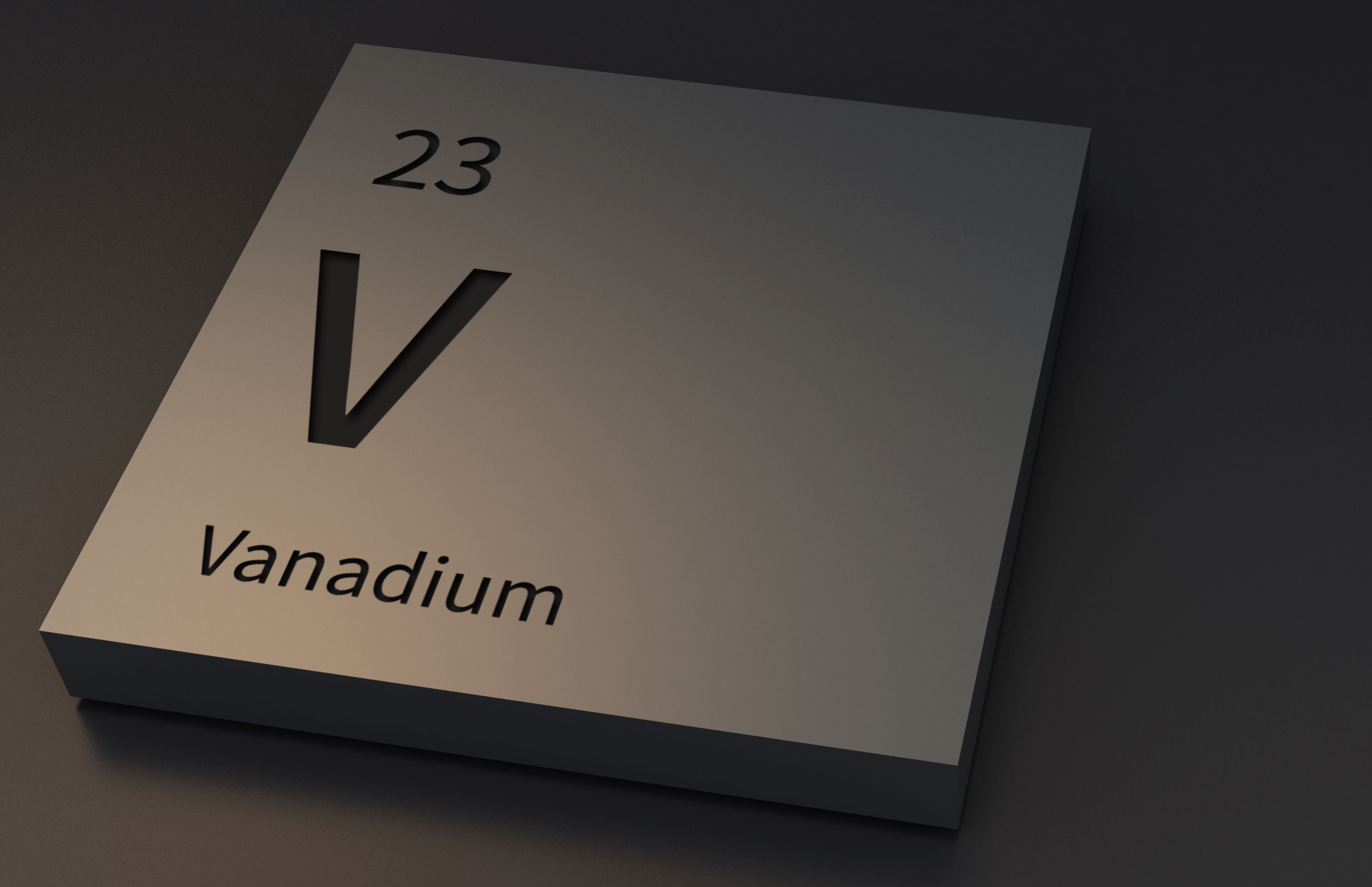Ferro-Alloy Resources progresses with vanadium project in Kazakhstan
News Analysis

3
Jul
2025
Ferro-Alloy Resources progresses with vanadium project in Kazakhstan
Ferro-Alloy Resources, a vanadium producer and developer of the large Balasausqandiq vanadium deposit in southern Kazakhstan, announced an update on the feasibility study for Phase 1 of the project.
According to the company’s statement, the feasibility study for mining and processing vanadium pentoxide in flake form is largely complete. The study outlines a mineral reserve of 33Mt, with an annual mining and processing rate of 1.65Mtpy.
It estimates an output of 8.5ktpy of vanadium pentoxide and up to 220.0ktpy of a carbon black substitute (CBS). The processing plant design, tailings storage facility, and mine plan are all finalised, and ecological and social studies have not identified any significant issues.
The company’s board of directors believes that deferring the publication of the feasibility study to September 2025 will allow time to conduct additional work on the new CBS product and reflect any offtake agreements that might ensue.
Discovered in the 1940s, the Balasausqandiq deposit is a significant black shale deposit containing vanadium and valuable by-products. Ferro-Alloy Resources’ two-phase project aims to process 1.65Mtpy of ore (Phase 1), with capacity expected to increase to 5Mtpy of ore (Phase 2).
With steel rebar production expected to remain the leading vanadium consumer over the next decade, in Project Blue’s view, the battery industry is increasingly becoming a key growth driver for vanadium globally. Vanadium redox flow batteries (VFBs) are a promising long-term energy storage technology, but the majority of installations have so far taken place in East Asia.
For instance, in 2024, vanadium consumption by battery manufacturers grew by 41%, mainly driven by energy storage projects in China. Project Blue forecasts that vanadium demand from the battery industry could increase nearly fourfold by 2035, accounting for up to 20% of total global consumption.